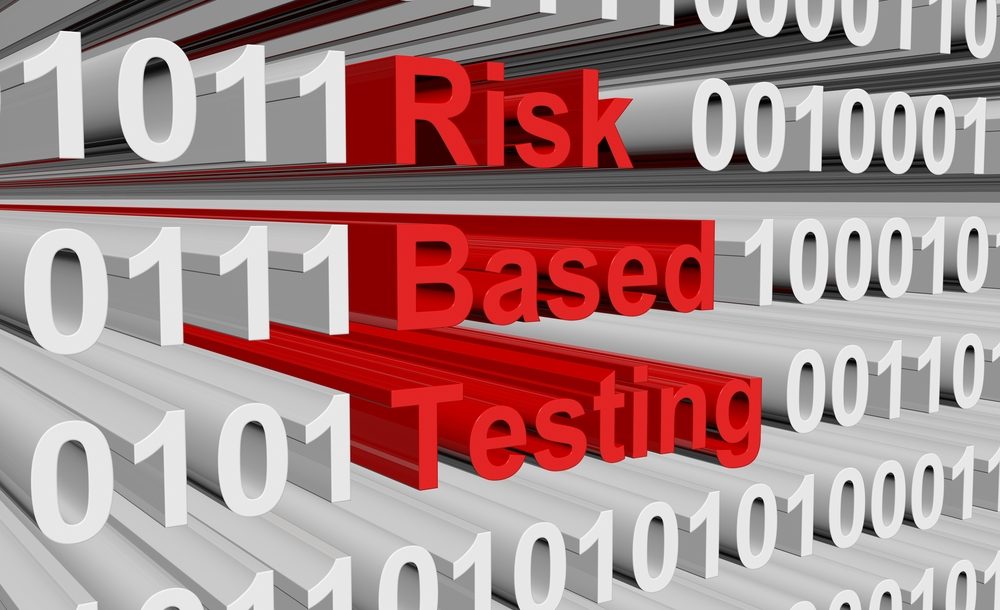Competitive pressure forces IT teams to think strategically. Today’s enterprises have a level playing field in infrastructure, information, and funding. Strategic thinking becomes critical for competitive advantage.
Many executives understand the need to be strategic. But often they are at a loss on the details. There is little information on how to be strategic. Here are some ways to help IT teams indulge in strategic thinking.
Gain Conceptual Acumen
The bedrock of strategic thinking is conceptual acumen. Decision making without adequate knowledge or information is guesswork.
IT teams need to:
- Invest in a robust data collection and analytics solution. Seek real-time data insights, delivered in a consumable and actionable form.
- Explore and synthesize the trends delivered by the analytic engine. Also, track trends explicit from day-to-day work. For example, pay attention to any recurring downtime and seek the underlying cause.
- Gather a solid understanding of the industry context, trends, and business drivers.
- Understand the perspective of any specific IT function and its impact on the corporate strategy.
The best strategic thinkers have a good breadth of industry knowledge and a deep understanding of their area of expertise.
Consider the Bigger Picture

IT leaders who confine their decision making to the technological factors alone risk ruin, as competitors trounce them. Many managers think outside the technical factors. But they limit their vision to the immediate or their sphere of responsibility. Successful decision-makers consider a far bigger picture, aligning strategy with needs and requirements.
IT teams need to:
- Eradicate siloed thinking and consider the interrelationships that exist in the enterprise. Also, consider external forces that impact the business.
- Consider the defined metric for success when taking any decision. Test how any decision will contribute to achieving success.
- Think through the repercussions of each choice. Every choice has consequences and opportunity costs. Quantify the opportunity costs.
- Adopt an “infrastructure everywhere” mindset and remain agile to cope with fluid demands. For instance, not too long ago, technology was the sole consideration for setting up a new data centre. Today, the decision still rests on technology. But decision-makers also consider proximity to major clients, location of competitors, and other factors that impact the business.
- Shun obsession with the routine. A “heads down” approach to the job is a sure shot recipe for disaster. Successful executives prioritize and approach issues heads on. For instance, a traditional recruiter approaches the job transactionally. They recruit the next hire and miss better and more effective approaches to recruitment and retention.
According to the Harvard Business Review, “Strategic people create connections between ideas, plans and people that others fail to see.”
Think Critically
Often critical thinking is synonymous with strategic thinking. IT needs to do the following to develop their critical thinking abilities:
- Question everything constructively and objectively. Go beyond preconceived notions. Never take assumptions for granted.
- Evaluate the pros and cons of each decision, both in the long term and short term.
- Ask pressing questions such as “Is the idea rational?,” “Is the source credible?” “ Is the information hearsay?,” “What are the assumptions and biases with each option?” and more.
The World Economic Forum Meeting ranked critical thinking as number two in the top 10 skills needed to thrive in the workplace of 2020.
Consider Different Perspectives
Strategic decision-making requires considering different points of view, possibilities, approaches, and potential outcomes.
IT teams need to:
- Run data through simulations and visualizations. Seek different outcomes for any decision.
- Connect with industry peers to understand their observations and viewpoints.
- Develop and promote a learning organization, which encourages knowledge-seeking, information sharing, and transparency.
- Debate positively. Focus on issues, rather than on people.
Successful IT managers and decision-makers overcome egocentrism to gain new perspectives, unlock creativity, and indulge in innovation.
Embrace Ambiguity and Uncertainty
Today’s business environment is fluid. Changes happen fast and come unannounced. IT teams cannot expect stability in operations. They need to embrace ambiguity and uncertainty around goals and outcomes.
Successful IT teams:
- Apply unstructured problem-solving techniques to drive solutions for undefined problems.
- Create business-aligned plans with a top-down approach. Decide between incremental or transformational change.
- Pre-empt misalignment between team strategy and business strategy. IT strategy concerns with technology, vendors, and best practices. These factors may work at cross-purposes with business strategies. For instance, IT teams and marketing or operations teams often clash over enforcing security protocols that inhibit productivity.
IT teams face the pressure to innovate. Many people refer to innovation and strategic thinking in the same breath.
Manage Time
Effective time management is the precursor to strategic thinking. Managing “thinking” time is as important as managing or prioritizing activities.
Successful IT teams:
- Evaluate tasks based on urgency and importance. Stephen Covey’s 2 x 2 matrix offers a good benchmark. Covey’s time management grid divides tasks into two quadrants: “urgent – not urgent” and “important–not important.” Give priority to urgent and important tasks. But pay attention to the urgent yet non-important tasks. Such tasks may need immediate attention from the enterprise perspective.
- Block out thinking time on the calendar.
- Shun useless meetings that do not add any value to the business, or only seek to confirm the obvious.
Gartner lists managing technology challenges, insufficient skills or resources, and insufficient capacity to absorb change as top challenges facing enterprises. Strategic thinking is a sure-shot means to overcome these challenges.
Laying down the strategy is the prerogative of the C-suite. But translating such a strategy to action is the responsibility of the rank and file. Successful enterprises develop a culture that encourages strategic thinking across the enterprise.











